Nature walks near me are a fantastic way to connect with the natural world. This comprehensive guide provides detailed information on finding, planning, and experiencing the beauty of local trails. Discover the perfect nature walk for your next adventure, tailored to your interests and fitness level.
From easy strolls through local parks to challenging hikes through scenic preserves, we’ll explore diverse options. Learn how to identify suitable walks, plan your trip effectively, and maximize your enjoyment of the experience.
Identifying Local Nature Walks
Locating nearby nature trails is crucial for outdoor enthusiasts and urban dwellers seeking respite in natural environments. Understanding diverse methods for discovering these destinations empowers informed exploration and enhances the enjoyment of outdoor activities. This section provides practical strategies to find and verify nature walks in your local area.Discovering nearby nature walks can be simplified by utilizing various online resources.
These resources are interconnected and, when used effectively, provide a comprehensive overview of local natural areas. From detailed mapping services to community-driven platforms, there’s a plethora of tools available to facilitate the search.
Methods for Finding Nature Walks
Locating nature walks involves exploring various avenues. These range from using online mapping services to leveraging community-based resources. Each method provides a unique perspective on nearby nature trails.
- Online Mapping Services: These platforms offer detailed maps, enabling users to pinpoint trails and parks. Key features include interactive maps, elevation profiles, and sometimes trail descriptions. Online mapping services are a convenient way to visually explore local trails.
- Local Parks and Recreation Websites: Many local governments maintain websites dedicated to parks and recreation. These sites often provide detailed information on trails, park hours, and amenities. This information can be invaluable for planning a nature walk.
- Community Forums and Social Media Groups: Local groups or forums can provide invaluable insights into lesser-known trails. User reviews and recommendations offer a unique perspective on trail conditions and accessibility. These platforms are also excellent for discovering hidden gems.
- Hiking and Outdoor Enthusiast Websites/Apps: Specialized websites and applications cater to outdoor enthusiasts. These often feature user-generated content, including reviews and ratings of nature walks, making them useful for exploring diverse options.
- Local Nature Organizations: Contacting local environmental groups, conservation societies, or nature centers can provide valuable insights into less publicized nature trails and resources. These organizations often have extensive knowledge of the local ecosystem.
Using Online Mapping Services
Online mapping services offer detailed visualizations of nature trails. Using these platforms can greatly assist in finding appropriate trails for a walk.
Interactive maps allow for zooming in on specific areas, pinpointing trails and their features. Elevation profiles can reveal the terrain’s difficulty, assisting in choosing a trail suitable for different levels of experience. Some services even provide descriptions of the trails, providing information about the walk’s characteristics.
Searching for Local Parks and Preserves
Searching for local parks and preserves with nature trails often involves utilizing online search engines and dedicated government websites. Combining these strategies yields a more comprehensive approach.
- Search Engines: Use s like “nature trails near me,” “parks near [city/town],” or “local preserves.” This approach allows you to discover a wider range of potential destinations.
- Local Government Websites: Governmental entities often maintain websites with details on parks and preserves. These sites are a reliable source of information about park regulations and trail conditions.
- Dedicated Nature Preservation Organizations: Consult the websites of local conservation groups or nature centers. These organizations frequently highlight preserved areas and trails.
Designing a Search Algorithm
A simple search algorithm can combine multiple sources of nature walk data. This structured approach optimizes the discovery process.
Exploring nature walks near me is a great way to connect with the outdoors. Finding truly scenic walks near me, like those detailed in scenic walks near me , elevates the experience. Ultimately, these types of walks provide a rewarding and restorative escape, perfect for reconnecting with nature.
A basic algorithm could involve:
- Inputting search terms.
- Fetching data from online mapping services, local park websites, and community forums.
- Filtering results based on criteria like distance, difficulty, and amenities.
- Displaying results in a user-friendly format.
Verifying Nature Walk Listings
Verifying the accuracy of nature walk listings is crucial. Ensuring the information’s validity enhances the safety and enjoyment of the walk.
- Cross-referencing: Check information from multiple sources to ensure consistency and accuracy.
- Checking Recent Updates: Verify trail conditions, closures, and recent changes through official channels.
- User Reviews and Feedback: Leverage feedback from other users to assess the accuracy and reliability of the information.
Online Mapping Services Comparison
This table compares three prominent online mapping services, providing a concise overview of their features.
| Service | Description | Link |
|---|---|---|
| Service A | Comprehensive mapping and trail data. | [Placeholder Link A] |
| Service B | User-friendly interface with detailed trail information. | [Placeholder Link B] |
| Service C | Focus on outdoor activities with community reviews. | [Placeholder Link C] |
Nature Walk Characteristics
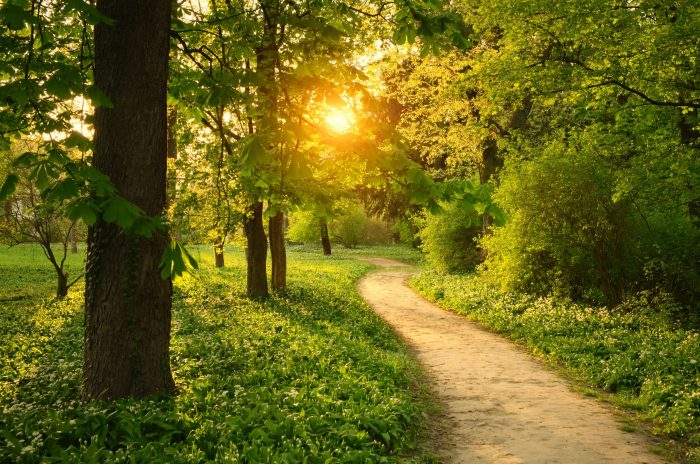
Source: traditionsofbraseltonhomes.com
Choosing the right nature walk is crucial for a rewarding experience. Factors like distance, difficulty, and amenities significantly impact the enjoyment and safety of your outing. Understanding these characteristics allows you to select a walk that aligns with your fitness level and preferences.
Key Characteristics for Choosing a Nature Walk
Selecting the ideal nature walk hinges on several key characteristics. These considerations ensure a positive and safe experience. Finding a walk that matches your fitness level, desired scenery, and available time is vital.
- Distance: Consider the available time and your fitness level. Shorter walks are perfect for quick escapes, while longer excursions offer more opportunities to explore. A moderate distance is often the sweet spot for most individuals.
- Difficulty: The difficulty of a nature walk ranges from easy strolls to challenging climbs. Assess your physical capabilities to choose a walk that suits your abilities. Easy strolls are great for beginners, moderate hikes provide a good challenge, and challenging climbs are best for experienced hikers.
- Scenery: Nature walks offer diverse landscapes, from forests and meadows to coastal paths and mountain views. Choose a walk that aligns with your preference for scenery. Consider factors like the presence of water features, forests, or unique rock formations.
- Amenities: Restrooms, water fountains, and parking availability are crucial considerations, especially for longer or more strenuous walks. Ensure these amenities are readily available, particularly if you have young children or mobility concerns.
- Safety: Check for trail conditions, recent weather reports, and any known hazards. Familiarize yourself with emergency contact information and trail maps before setting out. Knowing the trail’s overall safety record is essential.
Comparing Different Types of Nature Walks
Nature walks cater to various preferences and fitness levels. The choice depends on your desired intensity and the time you have available.
- Easy Strolls: These walks are typically short, flat, and suitable for all fitness levels. They are ideal for leisurely exploration and enjoying the natural surroundings. Examples include paved paths or well-maintained trails with gentle inclines.
- Moderate Hikes: These walks offer a good balance of challenge and enjoyment. They often involve some elevation gain and uneven terrain, requiring a moderate level of fitness. Moderate hikes often feature diverse landscapes and offer a good workout.
- Challenging Climbs: These walks are more strenuous, often featuring steep inclines, rocky terrain, and potentially long distances. They are best suited for experienced hikers with good physical conditioning. Challenging climbs offer rewarding views and a significant physical challenge.
Typical Length, Difficulty, and Scenery of Nature Walks
The characteristics of a nature walk influence its suitability for different individuals.
- Short Walks (1-3 miles): These walks are ideal for quick escapes and are often categorized as easy strolls. They provide a gentle introduction to nature and can be enjoyed by all ages. Expect minimal elevation changes and pleasant, scenic views.
- Moderate Walks (3-7 miles): These walks offer a balance between challenge and enjoyment. Moderate difficulty often entails some elevation gain and uneven terrain, but they are still manageable for most individuals. Expect a mix of scenery, from forests to meadows, depending on the specific trail.
- Long Walks (7+ miles): These walks are ideal for experienced hikers who enjoy extended outdoor time. They typically involve significant elevation changes and potentially challenging terrain. Expect varied and potentially spectacular views.
Amenities Available on Nature Walks
Amenities can greatly enhance the nature walk experience, especially for longer outings.
| Difficulty Level | Distance (miles) | Amenities |
|---|---|---|
| Easy Stroll | 1-3 | Restrooms, water fountains, ample parking |
| Moderate Hike | 3-7 | Restrooms, water fountains, parking; varying availability |
| Challenging Climb | 7+ | Limited restrooms, water fountains, parking; potential for limited amenities |
Planning Your Nature Walk: Nature Walks Near Me
A well-planned nature walk enhances the experience, ensuring safety and maximizing enjoyment. Careful preparation allows you to fully appreciate the natural surroundings and avoid potential hazards. This section provides a comprehensive guide to planning your next outdoor adventure.Thorough planning ensures a successful and safe nature walk, allowing you to focus on the beauty and tranquility of the natural world rather than logistical concerns.
Proper preparation involves considering various factors, from the weather to the route, ensuring a fulfilling experience for all participants.
Creating a Walk Checklist
Effective planning begins with a checklist. This organized approach ensures all essential details are considered, preventing unforeseen issues. A well-structured checklist helps you remember crucial elements, like the date, time, and route, which are fundamental to a successful outing.
- Date:
- Time:
- Route (including start and end points):
- Participants (names and contact information):
- Transportation details (if applicable):
- Emergency contact information:
Weather Considerations
Before embarking on any nature walk, checking the weather forecast is critical. Unforeseen weather changes can significantly impact the experience, potentially leading to discomfort or danger. Be prepared for variations in temperature, precipitation, and wind conditions.A weather check provides valuable insight into expected conditions. Real-time updates on temperature, precipitation, and wind are crucial for adjusting clothing and packing accordingly.
For instance, a sudden downpour can turn a pleasant hike into a challenging one without proper preparation.
Essential Items
Packing the right gear enhances the nature walk experience. Essential items provide comfort, safety, and allow for a more enjoyable experience. A well-stocked backpack with appropriate gear is vital for a fulfilling outdoor adventure.
- Water: Carry enough water to stay hydrated throughout the walk, considering the duration and intensity of the activity. Dehydration can be dangerous, especially during strenuous activities.
- Snacks: Pack energy-boosting snacks to maintain energy levels during the walk, such as granola bars, fruit, or trail mix. Appropriate snack choices prevent energy dips and ensure sustained effort.
- Appropriate Clothing: Dress in layers to adapt to changing weather conditions. Comfortable hiking shoes or boots are essential for proper support and traction on uneven terrain.
- First-aid Kit: A small first-aid kit containing bandages, antiseptic wipes, pain relievers, and any personal medications is crucial for minor injuries.
- Sunscreen, hat, and sunglasses: Essential for sun protection, especially during extended outdoor activities. Exposure to prolonged sun can lead to sunburn or heatstroke.
- Map and compass/GPS device: A map and compass, or a GPS device, are vital for navigation, especially in unfamiliar areas. Knowing how to use these tools is crucial for staying on track and returning safely.
Creating a Detailed Itinerary
For multi-part nature walks, a detailed itinerary is essential. This structured approach allows for a smooth transition between segments and ensures a balanced and efficient experience. It enables a structured journey with clear milestones.A well-defined itinerary details specific landmarks or checkpoints along the route. This detailed itinerary provides a clear plan, including estimated time for each segment and rest stops.
The itinerary is a roadmap for the journey, making it a valuable tool for a safe and enjoyable experience.
Safety Precautions, Nature walks near me
Implementing safety precautions ensures a risk-free and enjoyable nature walk. Understanding potential hazards and implementing safety protocols is crucial for an incident-free experience.
- Inform someone of your plans, including the route, expected return time, and contact information.
- Tell someone of your plans, including the route, expected return time, and contact information.
- Carry a whistle or personal locator beacon for emergency situations.
- Be aware of wildlife in the area and follow any specific guidelines.
- Avoid venturing into areas known for challenging terrain or dangerous wildlife.
Step-by-Step Guide
A step-by-step guide provides a clear path for the nature walk. This structured approach enables a safe and enjoyable experience. A step-by-step guide allows participants to follow a clear path.A step-by-step guide should include specific landmarks, estimated times, and any necessary safety instructions. This will create a clear and concise roadmap for the journey.
Essential Items for Nature Walks
| Item | Importance |
|---|---|
| Water | Hydration is crucial for physical activity and preventing heatstroke. |
| Snacks | Provides energy to sustain physical exertion and prevent fatigue. |
| Appropriate Clothing | Ensures comfort and protection against changing weather conditions. |
| First-aid Kit | Essential for treating minor injuries and ailments. |
| Sunscreen | Protects skin from harmful UV rays and prevents sunburn. |
| Map/GPS | Provides navigation and ensures participants stay on track. |
Nature Walk Experiences
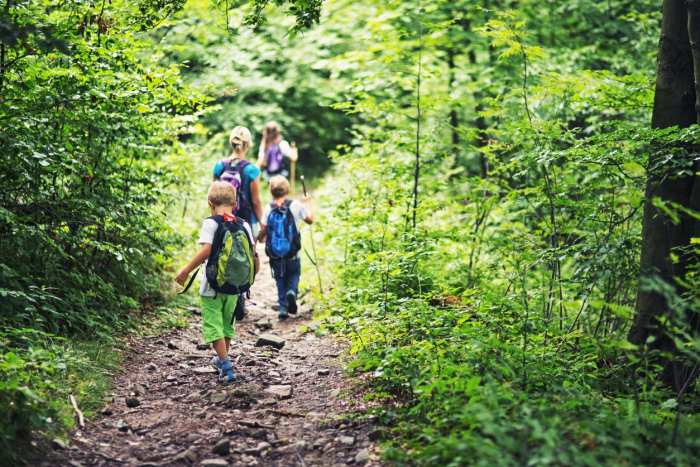
Source: atlantaparent.com
Embarking on a nature walk is more than just a physical journey; it’s an opportunity to engage with the natural world on a profound level. A well-planned and thoughtfully experienced nature walk can enrich your understanding of the environment and foster a deeper appreciation for its beauty. By honing your observational skills and employing effective documentation techniques, you can transform a simple outing into a truly memorable and rewarding experience.A captivating narrative about a nature walk hinges on vivid descriptions, sensory details, and a clear connection to personal feelings.
Focus on capturing the essence of the experience, not just the facts. Reflect on the emotions evoked by the scenery, sounds, and wildlife encounters. This personal touch will make your narrative truly engaging and meaningful.
Creating a Captivating Narrative
Nature walks offer a wealth of sensory experiences. To craft a compelling narrative, emphasize the sights, sounds, smells, and textures encountered. Descriptive language and evocative imagery are key. Consider the emotions you felt – wonder, tranquility, or excitement – and weave them into your account. For example, instead of simply stating “the forest was dense,” describe the feeling of being enveloped by towering trees, the dappled sunlight filtering through the canopy, and the hushed quiet that seemed to absorb the sounds of the world.
Exploring nature walks near you is a fantastic way to connect with the outdoors. Understanding the nuances of hiking, as defined in Hiking Definition , can help you choose trails that align with your fitness level and experience. This knowledge will enhance your next local nature walk experience.
Documenting Your Nature Walk
Effective documentation enhances your nature walk experience and allows you to revisit and reflect upon it later. Here are three ways to capture your journey:
- Journaling: Maintain a dedicated nature journal. Record observations about the flora and fauna, noting their behaviors and interactions. Sketch detailed illustrations or diagrams. Include personal reflections on the emotions evoked by the experience. This approach provides a detailed and personal record, encouraging deep engagement with the natural world.
- Photography: Capture visually striking moments and landscapes. Compose photographs that highlight the beauty and diversity of the environment. Use different angles and perspectives to add depth and interest. Take pictures of wildlife, plants, and the overall scenery. Be mindful of light and composition.
- Audio Recording: Record the sounds of the natural world. Capture the rustling leaves, chirping birds, flowing water, and other ambient sounds. Combine these recordings with your written observations for a multi-sensory experience.
Observing Wildlife
Wildlife observation is a crucial part of a nature walk. To enhance your wildlife spotting, employ these tips:
- Patience and Persistence: Wildlife often remains hidden or moves discreetly. Be patient and observant. Spend time in a single location, and be prepared to wait for opportunities to view animals.
- Use Binoculars: Binoculars are invaluable for observing wildlife from a distance, allowing you to study their behaviors and characteristics without disturbing them.
- Learn about Local Species: Research the common wildlife in the area you’re visiting. Understanding their characteristics, behaviors, and habitats will enhance your observations and identification skills.
- Stay Quiet: Avoid sudden movements or loud noises that could startle or frighten animals. Move slowly and quietly to avoid disrupting their natural routines.
- Respect Wildlife Space: Maintain a safe distance from wildlife. Do not approach or attempt to touch them. Allow them to maintain their natural behaviors.
Appreciating Natural Beauty
Appreciating the beauty of the natural environment involves actively engaging with your senses. Look for patterns in the landscape, textures of the trees, and subtle colors in the foliage. Listen to the sounds of birds, flowing water, and wind rustling through the leaves. Smell the fresh air and notice the different scents of flowers and plants. Allow yourself to be fully immersed in the moment.
Connecting with Nature on a Deeper Level
Connecting with nature on a deeper level during a walk involves mindful observation and reflection. Notice the intricate details of the natural world, the interrelationships between species, and the harmony of the ecosystem. Spend time in quiet contemplation, allowing your mind to unwind and reconnect with nature’s rhythms.
Respecting the Natural Environment
Respecting the natural environment is crucial during a nature walk. Leave no trace behind. Pack out all trash and avoid disturbing the natural habitat. Stay on marked trails to prevent erosion and damage to vegetation. Respect wildlife and their space.
Wildlife Encounter Table
| Species | Characteristics |
|---|---|
| Deer | Herbivores; typically found in forested areas; exhibit graceful movement. |
| Birds | Diverse species; often observed singing, flying, and foraging; varied plumage. |
| Squirrels | Agile climbers and foragers; often seen in trees; active throughout the day. |
| Rabbits | Herbivores; often seen hopping; active during dawn and dusk. |
| Foxes | Predators; typically active at dawn and dusk; elusive and adaptable. |
Nature Walk Resources
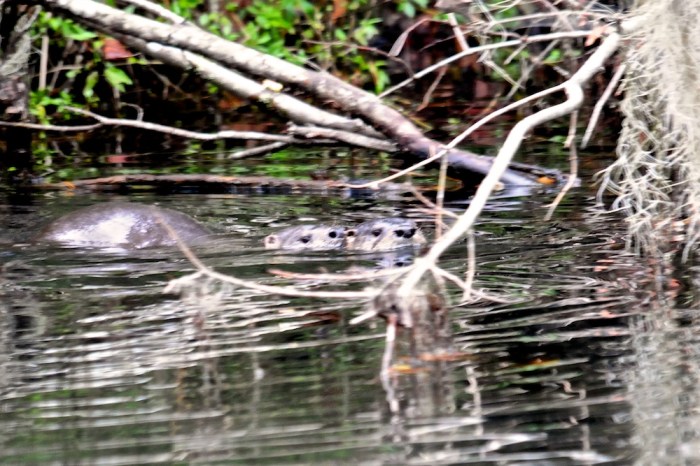
Source: wordpress.com
Exploring the natural world offers profound benefits for physical and mental well-being. To enhance your nature walks, accessing reliable resources is crucial. These resources provide guidance, knowledge, and opportunities for deeper engagement with the local environment. This section delves into valuable tools and organizations supporting nature enthusiasts.
Exploring nature walks near you is a fantastic way to unwind and connect with the outdoors. To find the best options, consider parks near you with walking trails, like those listed in this comprehensive guide: parks near me with walking trails. This will help you discover hidden gems and well-maintained paths for your next nature walk.
Helpful Websites and Apps
Various websites and applications can significantly improve your nature walk experience. These platforms offer detailed information about local trails, environmental conditions, and wildlife sightings. This empowers you to plan your explorations effectively and safely. For instance, AllTrails and local park websites often provide detailed maps, reviews, and trail difficulty information, enabling users to make informed decisions. Similarly, apps like iNaturalist allow users to identify plants and animals, enriching their understanding of the local ecosystem.
Local Nature Organizations
Local nature organizations are invaluable partners for enriching nature walk experiences. They often organize guided walks, workshops, and volunteer opportunities, allowing participants to connect with experts and fellow enthusiasts. These organizations contribute significantly to environmental conservation efforts and offer a wealth of information about the local ecosystem. For example, the Audubon Society frequently hosts guided birdwatching tours, providing insights into local avian populations.
Exploring nature walks near you offers a rewarding escape. However, if you’re seeking a more active experience, consider exploring day hiking trails near me. Day hiking trails near me provide opportunities for scenic exploration and physical activity. Ultimately, both nature walks near me and more strenuous day hikes can be valuable additions to your outdoor pursuits.
Nature Photography Groups
Joining a nature photography group can elevate your nature walk experience. Sharing insights, learning from experienced photographers, and engaging in constructive critiques fosters personal growth and skill development. Participants can learn advanced techniques, composition strategies, and gain a deeper appreciation for the beauty of the natural world. Moreover, the community aspect of these groups creates a supportive environment, enhancing the overall experience.
Resources for Learning About Flora and Fauna
Gaining a deeper understanding of the local flora and fauna enriches the experience of nature walks. Numerous resources provide accessible information about local plants and animals, from online databases to field guides. For example, field guides provide illustrations, descriptions, and key characteristics of species, helping individuals identify various plant and animal life. Similarly, university extension offices often host workshops and educational materials for local flora and fauna.
Local Nature Organizations Table
| Organization | Contact Information |
|---|---|
| Local Audubon Society Chapter | (Phone Number), (Email Address), (Website Address) |
| Local Parks and Recreation Department | (Phone Number), (Email Address), (Website Address) |
| Local Botanical Garden | (Phone Number), (Email Address), (Website Address) |
| Local Wildlife Conservation Society | (Phone Number), (Email Address), (Website Address) |
Epilogue
In conclusion, embarking on nature walks near you is an enriching experience that connects you to nature’s wonders. This guide equips you with the knowledge and tools to discover local trails, plan your adventures, and create unforgettable memories amidst stunning landscapes. Whether you’re seeking a relaxing stroll or a challenging climb, this resource is your key to unlocking the beauty of the natural world around you.
FAQ
What are the best online mapping services for finding nature trails near me?
Several excellent online mapping services can help you pinpoint nature trails. This guide includes a table showcasing three popular options, highlighting their features and links.
How do I choose the right nature walk for my needs?
Consider factors like distance, difficulty, scenery, and amenities when selecting a nature walk. A table in the guide categorizes walks by these criteria.
What safety precautions should I take on a nature walk?
Inform someone of your plans, carry a map and compass, and be aware of wildlife. This guide provides a list of important safety tips.
What should I bring on a nature walk?
Pack essentials like water, snacks, appropriate clothing, and a first-aid kit. A comprehensive checklist is provided in the guide.

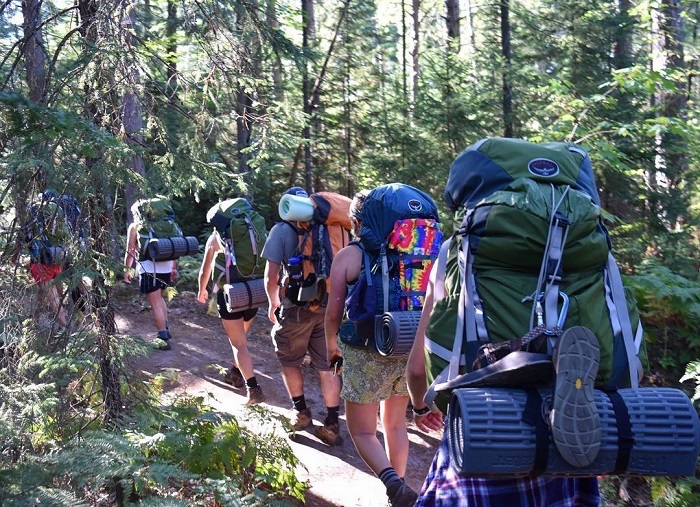
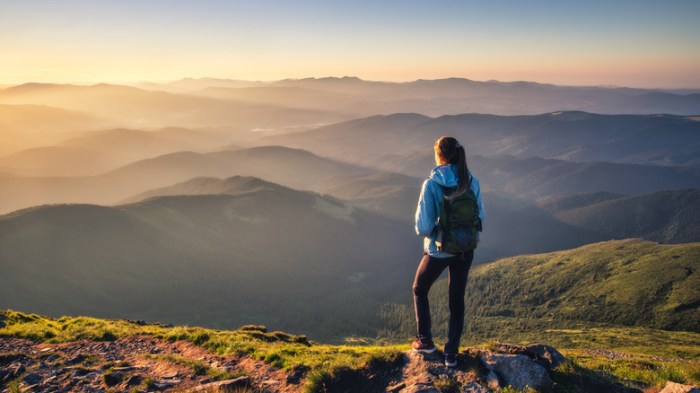
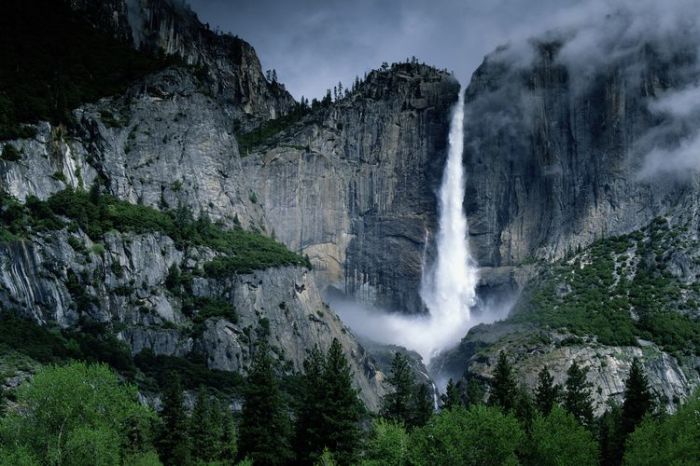

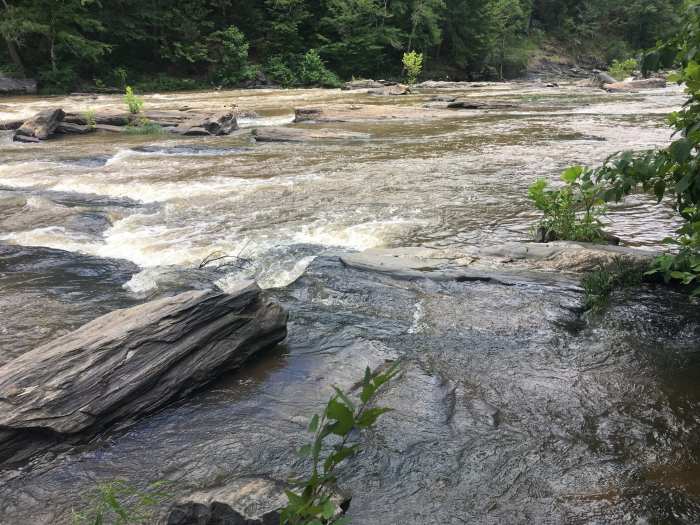
Leave a Reply